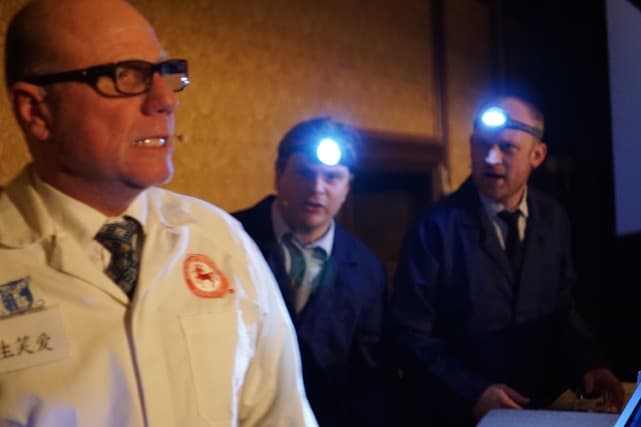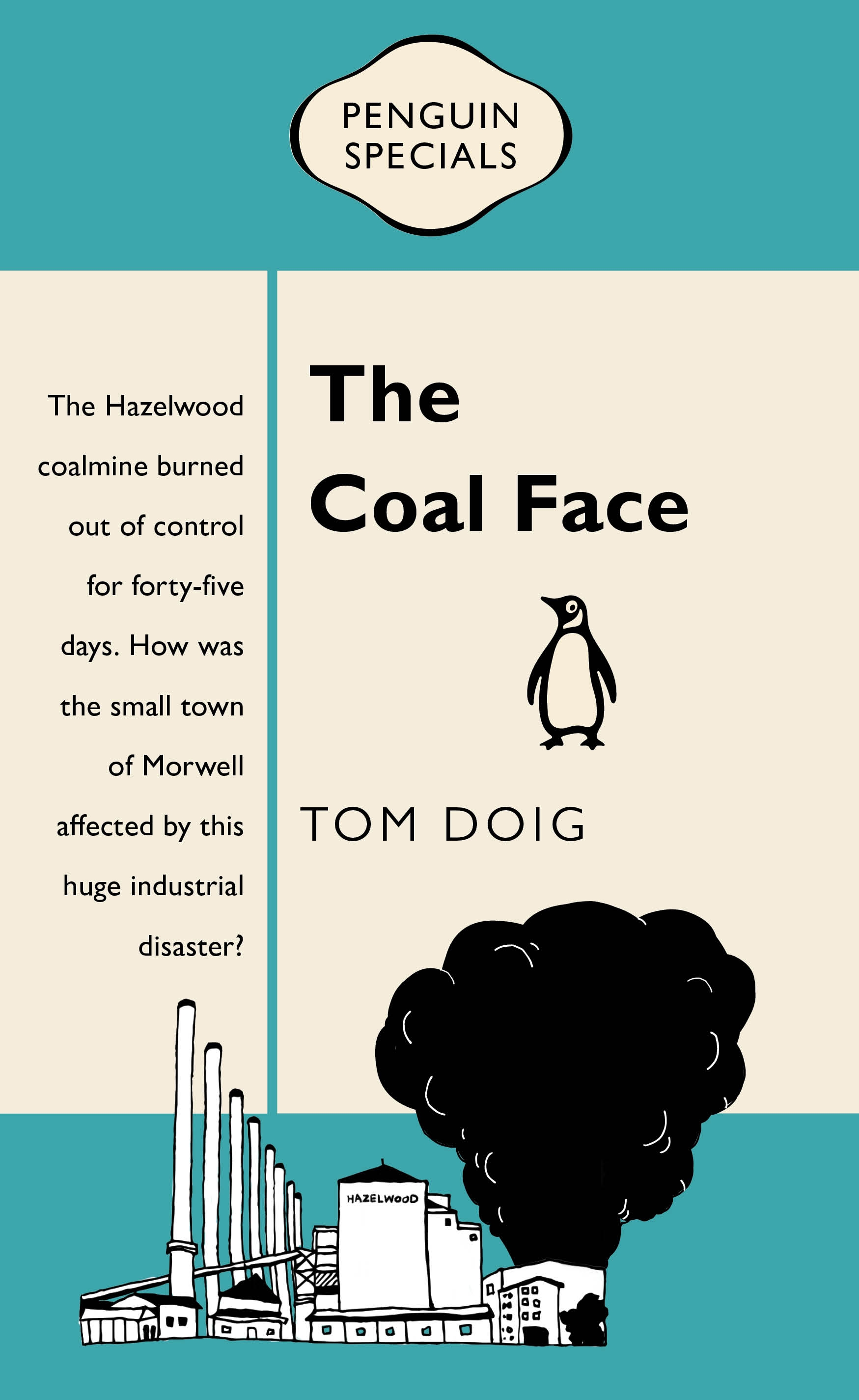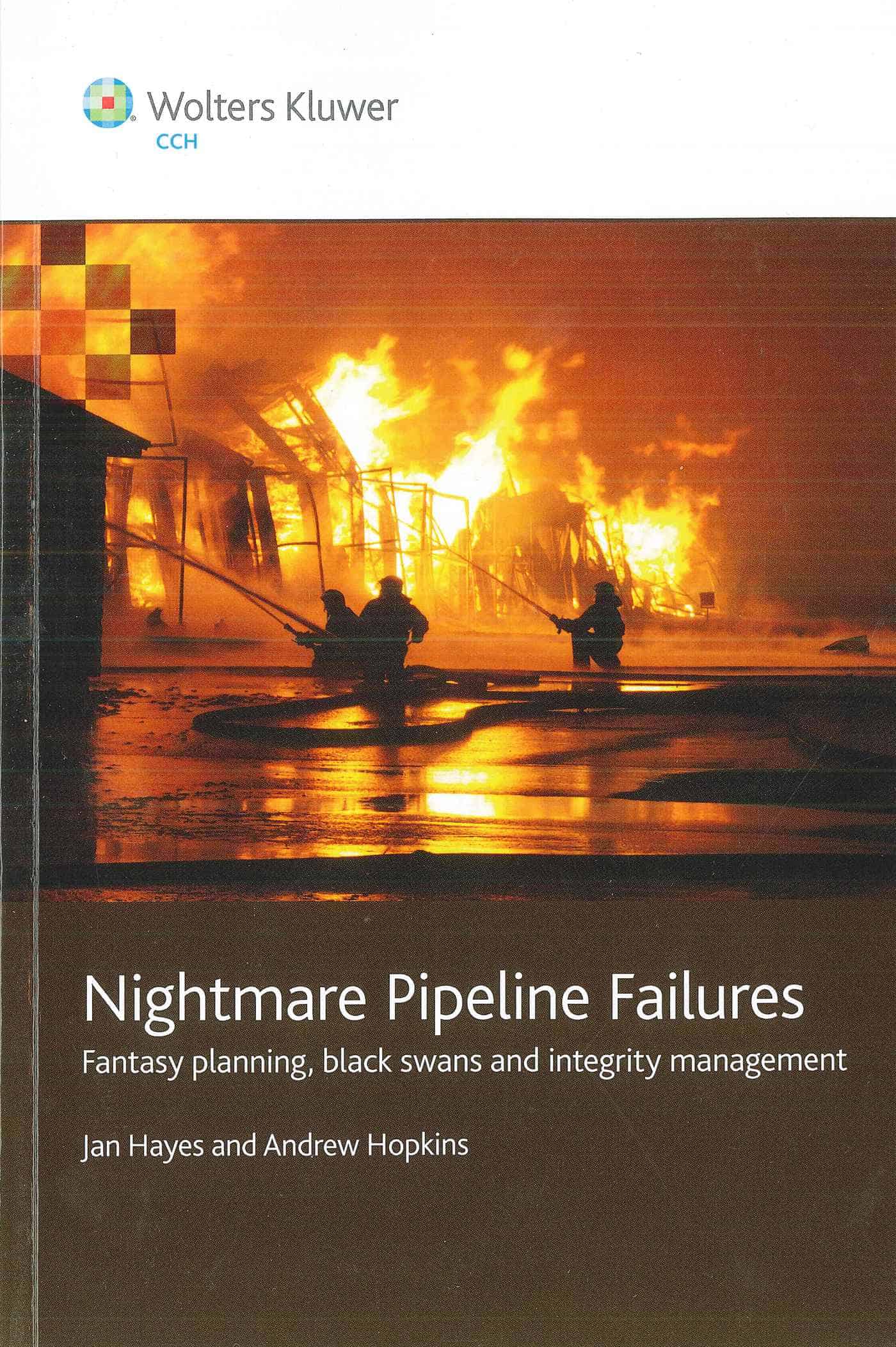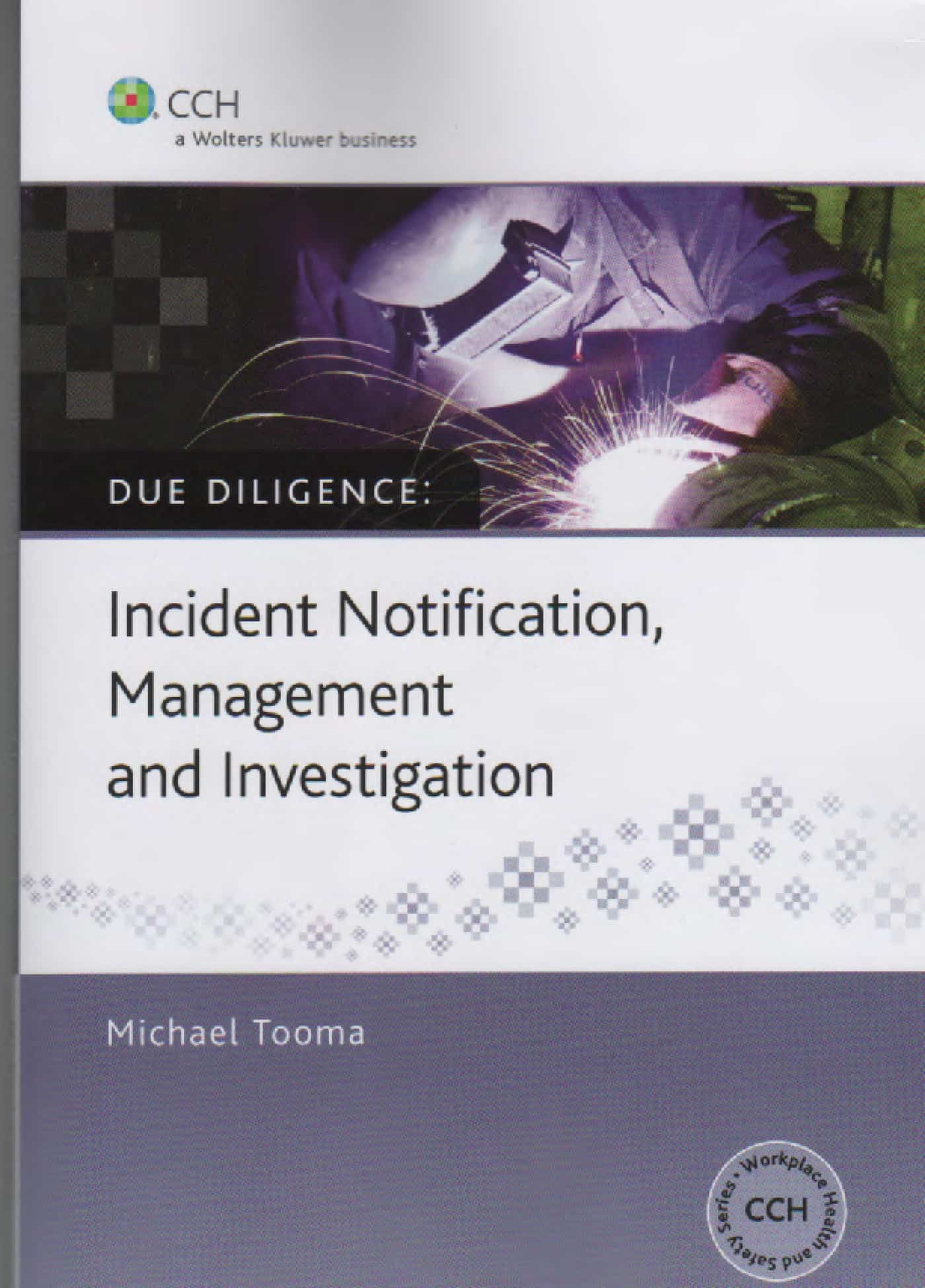 Most professionals, including occupational health and safety (OHS) professionals, support the use of stories or narratives or case studies to explain complex scenarios and situations. Recently, at the ProSafe 2015 conference in Melbourne, acting and theatrical skills were used to illustrate the humanity behind the nuclear disaster of Fukushima.
Most professionals, including occupational health and safety (OHS) professionals, support the use of stories or narratives or case studies to explain complex scenarios and situations. Recently, at the ProSafe 2015 conference in Melbourne, acting and theatrical skills were used to illustrate the humanity behind the nuclear disaster of Fukushima.
To the uninitiated this may sound like quantitative risk assessment of underground mining being explained through interpretative dance by bandicoots, but the actors in the Fukushima disaster scenario were captivating and the power of theatre, even in this small-scale and on a conference podium, was powerful, stimulating and engaging. And with a




